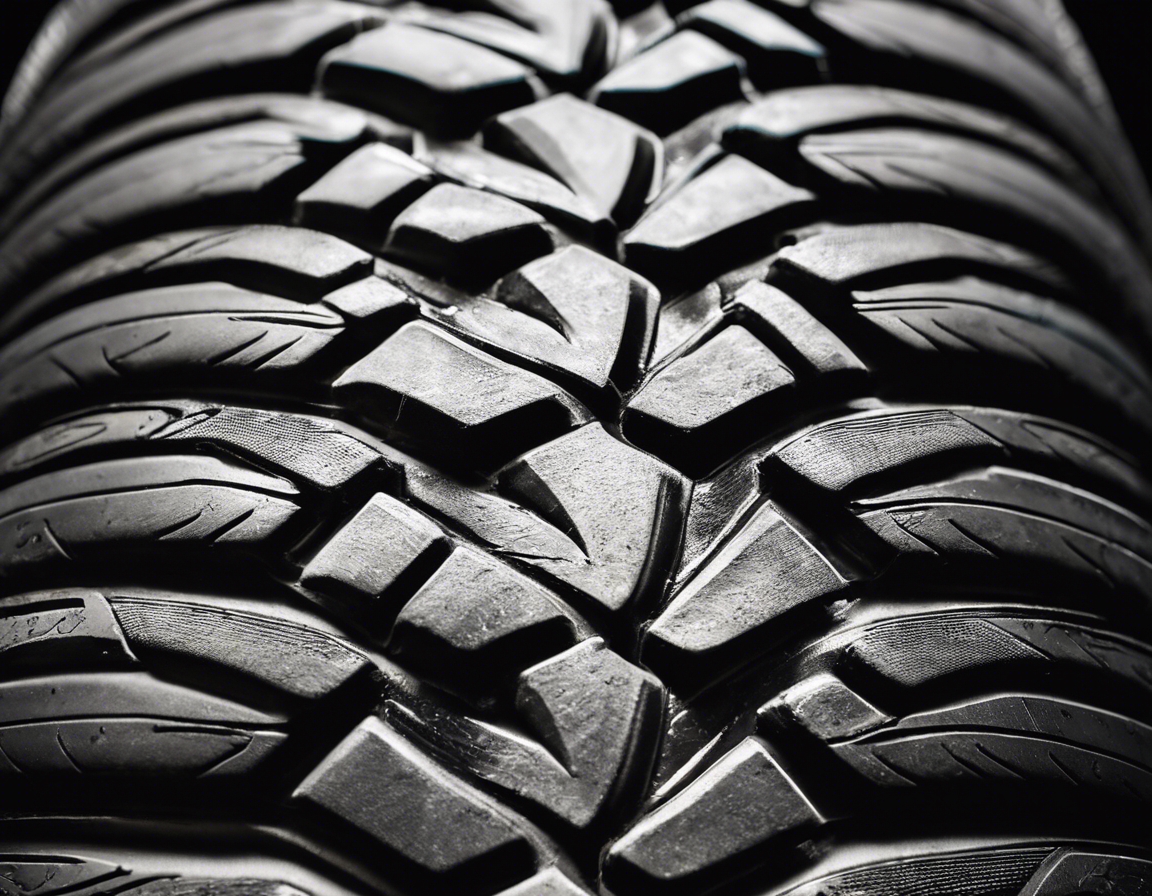5 signs it's time to replace your tyres
As a vehicle owner, understanding when to replace your tyres is crucial for ensuring safety, performance, and efficiency on the road. In this post, we'll explore the top five signs that indicate it's time to invest in a new set of tyres.
Understanding Tyre Wear and Safety
Tyres are the only point of contact between your vehicle and the road, playing a pivotal role in handling, braking, and overall safety. Worn tyres can significantly compromise these functions, leading to increased risks on the road.
Several factors contribute to tyre wear, including driving habits, road conditions, tyre maintenance, and climate. Regular inspections can help identify wear before it becomes a safety hazard.
Sign 1: Tread Depth is Below 1.6mm
Use a tread depth gauge or the built-in tread wear indicators on your tyres to measure the depth. If the tread is flush with the indicators or below 1.6mm, it's time for a replacement.
Adequate tread depth is essential for water displacement and preventing hydroplaning. It also affects braking distance and grip.
Sign 2: Visible Damage on the Tyres
Bulges, cuts, cracks, and punctures are all signs of damage that can compromise tyre integrity. Regularly check your tyres for any visible signs of wear or damage.
If you're unsure about the severity of the damage, consult with a tyre expert to determine if a replacement is necessary.
Sign 3: Tyres are Over 5 Years Old
Even if your tyres appear to be in good condition, rubber compounds deteriorate over time, affecting performance. Most manufacturers recommend replacing tyres every 5 to 10 years.
The manufacturing date is encoded on the tyre sidewall. Look for a four-digit code with the week and year of production.
Sign 4: Vibration or Unusual Noises
Excessive vibration or noise while driving can indicate uneven tyre wear, misalignment, or internal tyre damage. Don't ignore these signs as they can lead to more serious issues.
Addressing these symptoms promptly can prevent further damage to your vehicle's suspension and steering components.
Sign 5: Poor Vehicle Handling or Fuel Efficiency
Worn tyres can lead to a loss of traction, making it harder to control your vehicle, especially in adverse weather conditions.
Old or damaged tyres can also increase rolling resistance, leading to higher fuel consumption. Replacing them can improve your vehicle's fuel efficiency.






Comments (0)